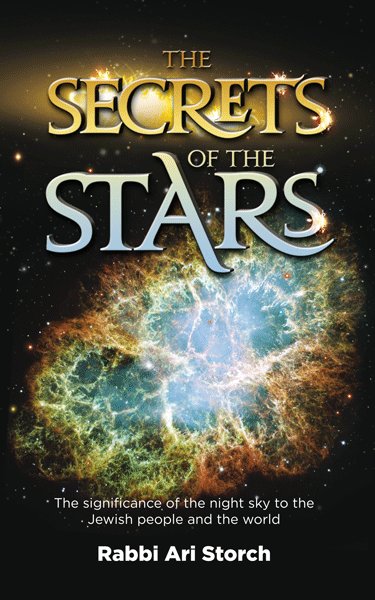I also find it interesting to note that this Parsha is generally read as we approach the spring. Not only do we find many ideas of unification in the Megillah which is read during the month of Adar, but there is a very interesting phenomenon that occurs in the sky this time of year. After the sun sets below the horizon its light is still able to be seen due to it being reflected off the atmosphere and clouds. This is why after sunset we have a period of twilight during which the sun's rays slowly diminish until they are no longer perceptible. As spring approaches one can see another form of light even after twilight. Although the sun's rays are no longer being reflected back to our planet, in dark skies one can perceive a glow emanating from the horizon and rising up into the sky. It appears somewhat triangular with its base on the ground and is a very pretty sight. This light is called zodiacal light and what we are seeing is many tiny dust particles that are far off in the Solar System that are reflecting the sun's light. This is very similar to how planets can be seen as stars since they too reflect the sun's light and are then perceptible back here on Earth. This light can be seen twice a year, during the spring and autumn. In the springtime it is noticeable after the evening twilight and in the autumn it is noticeable just before dawn.
(There have been those that have published that this is what the Yerushalmi in Berachos calls Ayeles HaShachar. I do not believe that to be the case, but unfortunately this post is not the place for that discussion. My upcoming book does address the identity of Ayeles HaShachar. I have already signed with a publisher and we are working on the book to have it ready for publication soon. I will try and keep everyone posted as the time nears. Sorry for one of many shameless plugs, more will be forthcoming IY"H.)
Each speck of dust by itself reflects a miniscule amount of light. In fact, by themselves these cosmic grains would be totally invisible to us. However, when they are all seen together they reflect a beautiful glow. If one were to condense all the specks into one big chunk, its light would be so bright that it would be the brightest star/planet in the sky. Each member of Klal Yisrael reflects light in a unique way, but it is when all the individuals unite that we can see a truly brilliant radiance.



4 comments:
the ganot calender brings when there is an ecipse on rosh hodesh shvat leaders will fall ,as we see,,,
Ari,
I appreciate your bringing the Shulchan on this point (sorry Yosh), "predicting" the future seems to be a growth industry lately.
Separately, kol hakavod re your book!
Shabbat shalom,
Akiva
prediction means specific things . R ganot in his luach with many hascamot bring un-specifig items...i spoke to r yy fisher about these things...
I would just like to point out that predicting the future via astrology is a biblical prohibition. Based on the Ramban's view it would not matter whether the prediction was specific or general in nature. (See Kisvei HaRamban vol. 1 and Beis Yosef Y.D. 179) This opinion is the one taken in normative halacha. (See Shulchan Aruch Y.D. 179) While there are certain instances when utilizing astrology is permissible, that is not the case when it comes to prediction. There were Rishonim who believed astrological prediction to be permissible, such as the Ibn Ezra and Rabbeinu Avraham ibn Chiya, nevertheless this opinion is not taken by the classic Poskim. For more information I would recommend reading Rabbeinu Bachye's commentary on Devarim chapter 18. Additionally, the nature of this blog does not discuss such matters. Thank you.
Post a Comment